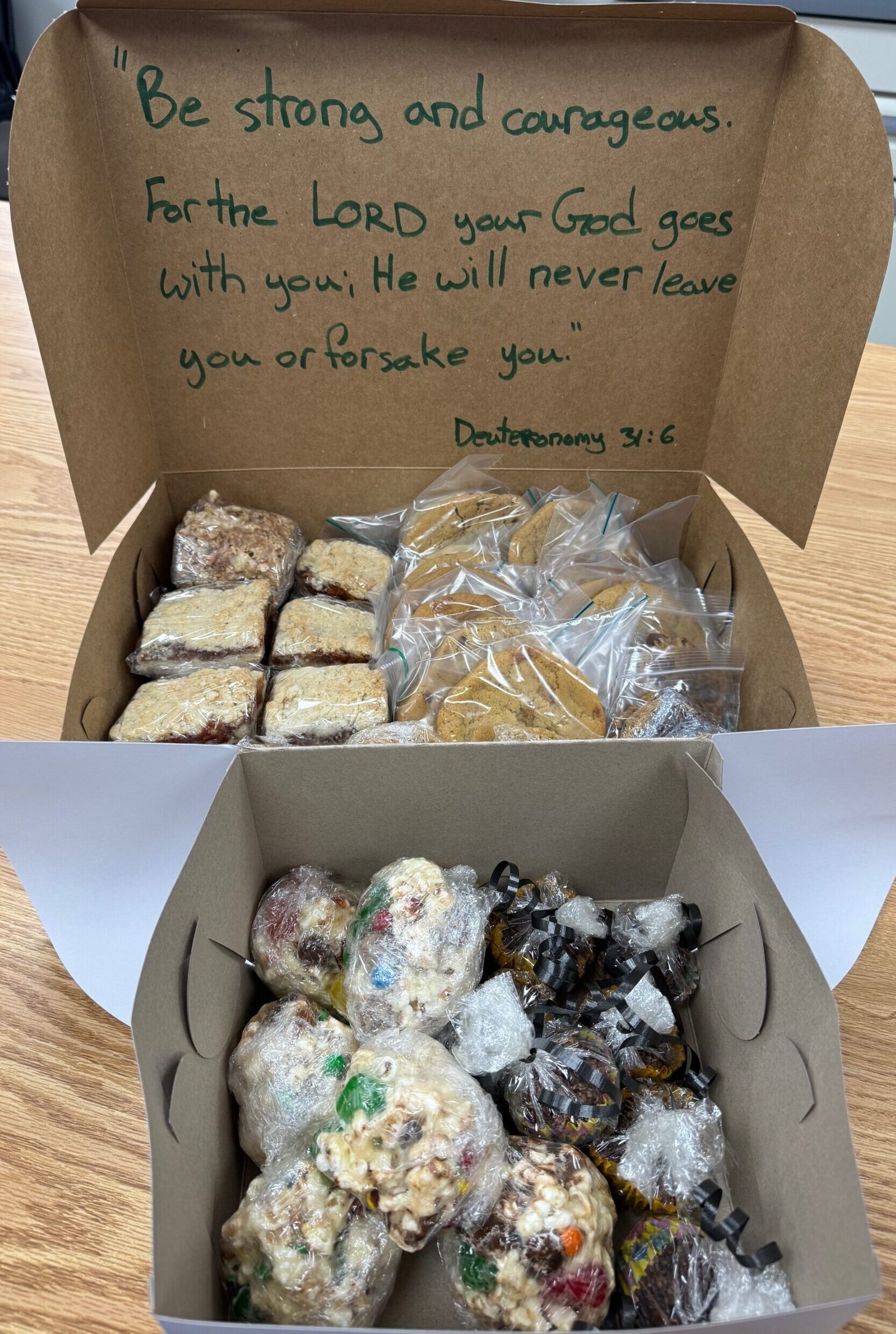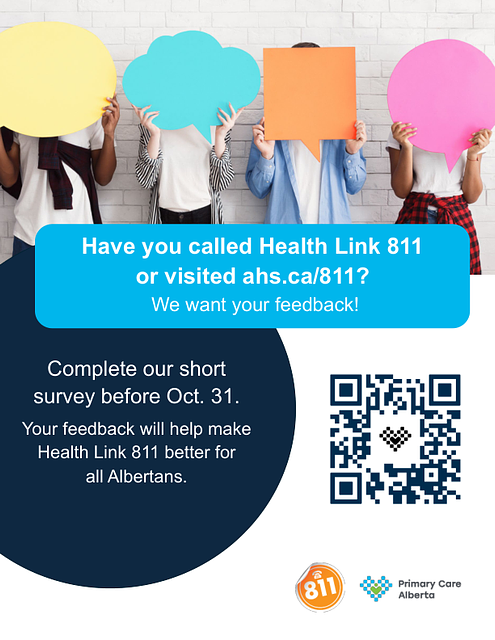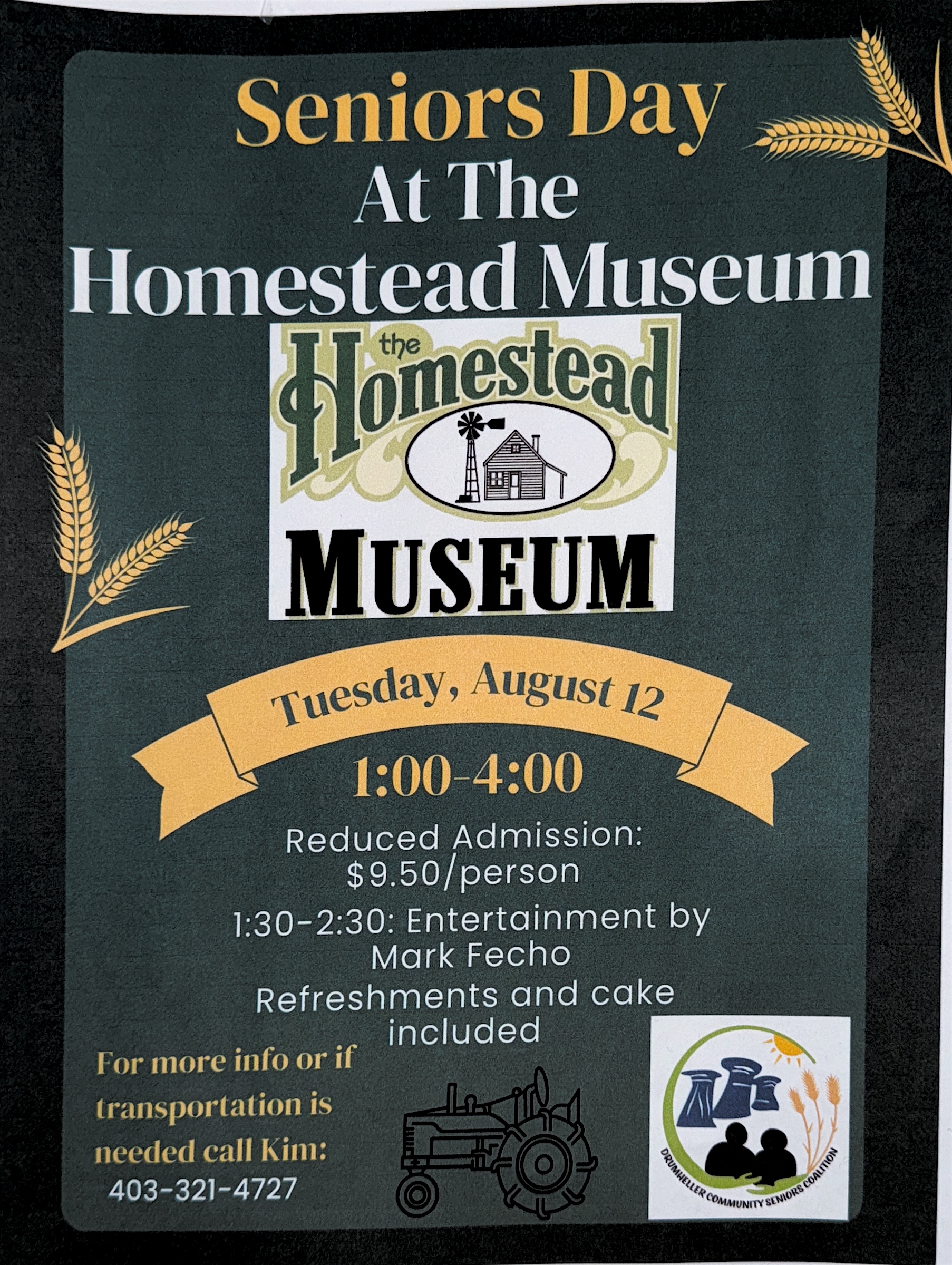Emergency funding is available to help people who are escaping family or domestic violence.
Alberta residents fleeing domestic or family violence can access urgent financial help through the Alberta government’s Escaping Abuse Benefit. Applications can be submitted online and may be processed in as little as two days.
Eligibility
You can apply for this benefit if you:
• are living in an abusive family situation or you have already left
• do not have enough money to leave an abusive family situation or start over
• you do not qualify for other ongoing Alberta benefits
• are at least 18 years old
• live in Alberta and are a Canadian citizen or permanent resident, refugee or refugee claimant
What you get
You may get help with expenses and other supports to get to safety and/ or start a new life. This could include:
• emergency transportation to a safe place (for example, women’s shelter)
• costs to stay in a hotel or motel for a short time if shelters are full or not available
• costs to assist with basic needs that may not be covered while staying at a shelter
• emergency items not available through shelters such as prescription drugs, childcare, dental and eye care services
• one-time costs to move within Alberta or Canada if you must leave your community to escape a threat of family violence or domestic violence
• a one-time allowance to help set up a new home
• the damage deposit for a new home
• costs for basic needs such as food, clothing and shelter
• costs for telephone calls and transportation to access counselling or legal advice
• extended health coverage for adults and children from families with limited incomes
How to apply
Step 1. Gather your documents
If you are able to, include the following documents with your application:
• identification for you and any dependents
• 2 bank statements for 60 days prior to the date of application
• direct deposit information
• medical letter – if you cannot work for medical reasons
If you do not have these documents at this time, you can still apply.
Step 2. Apply online
Call 877-644-9992 or visit Escaping Abuse Benefit – Get help with costs to leave |
Alberta.ca for more information.
![]()
![]()

![]()
![]()








